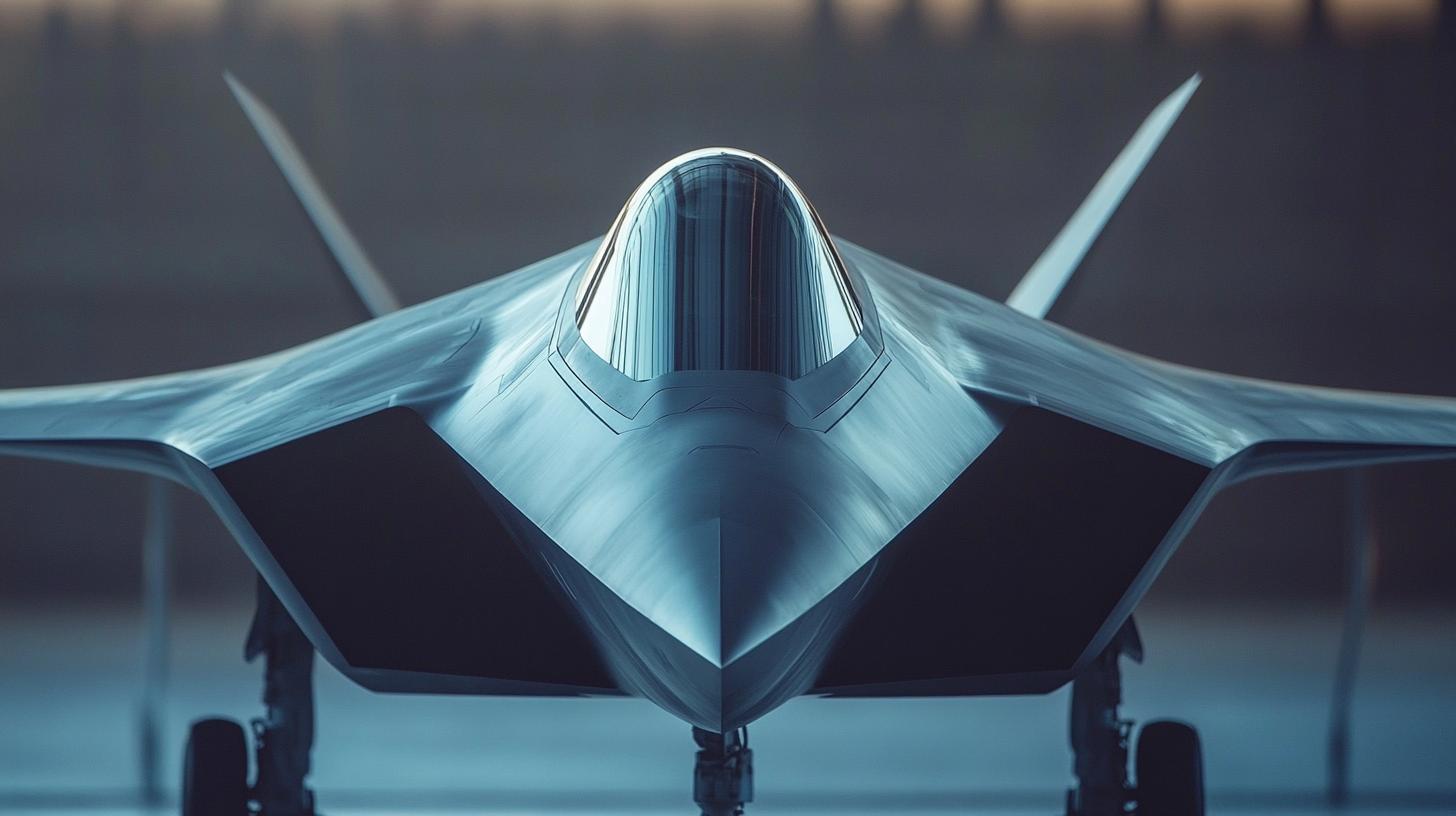China Unveils Second Stealth Fighter, Eyeing Global Military Leadership
China recently made headlines with the introduction of its second fifth-generation stealth fighter, the J-35A, at the prominent Airshow China 2024 in Guangdong. This strategic move elevates China’s status in advanced military technology, signifying increasing competition with the United States, which operates the F-22 and F-35 jets.
While China’s strides with the J-20 and J-35A are impressive, military analysts caution that the nation still lags in matching the combat readiness of U.S. aircraft. The unveiling of the J-35A, marked by impressive aerobatic maneuvers, underscores China’s ambition to enhance its defense capabilities on the global stage. Russia’s participation in this exhibition, showcasing its Su-57, also highlighted growing military ties between China and Russia.
Defense expert Song Zhongping emphasized the benefits China gains from operating both J-35 and J-20 stealth fighters, enhancing its defense profile and increasing its defense industry’s competitiveness. Despite the J-35 borrowing technology concepts from the American F-35, experts like Yang Tai-yuan believe Beijing’s pilots need more hands-on experience to fully leverage these advanced tools.
Timothy R. Heath from the RAND Corporation notes that China’s expanding stealth fleet will influence geopolitical strategies, especially in the Asia-Pacific region. Although China’s growing air power is unlikely to sway the situation in Taiwan significantly, it prompts regional nations to reconsider their military alliances.
While the U.S. maintains a stronghold in the global fighter jet market, China’s ambitions could reshape military dynamics in the future. This latest development illustrates China’s growing determination to establish itself as a formidable force in the realm of advanced warfare technology.
Stealth in the Skies: How China’s New Fighter Jets Could Transform Global Power Dynamics
China’s unveiling of its second fifth-generation stealth fighter, the J-35A, not only showcases its rising status in military technology but also hints at future implications for humanity’s progress and technological advancements. As nations race for dominance in cutting-edge military hardware, several fascinating facts and controversies emerge from China’s latest foray into stealth technology.
Innovation or Imitation?
China’s development of the J-35A has sparked discussions around innovation versus imitation. The J-35 seemingly borrows technological features similar to those found in America’s F-35 jets, raising questions about intellectual property and the nature of technological advancements. Does replicating existing tech constitute genuine progress, or does it merely signify a strategic leap forward? Analysts often ponder how such developments may push innovation globally as competitors strive to build even more sophisticated technologies to outpace those attempting to emulate them.
Boost to Technological Advancements
The creation and deployment of advanced stealth fighters like the J-35A drive significant technological advancements not only within military sectors but across civilian industries too. Technologies developed for military applications often find their way into civilian technology, enhancing various aspects of modern life. For instance, radar-absorbing materials employed in stealth technology could lead to innovations in noise reduction and improved materials for commercial aviation.
Global Security Dilemmas
The proliferation of stealth technology invites both optimism and skepticism. While such capabilities can act as deterrents to conflict, augmenting global security, they can also lead to heightened tensions. Does the potential for improved defense come with a caveat of increased instability among powerful nations? As China enhances its stealth technology, neighboring countries may feel compelled to fortify their own defenses, potentially leading to an arms race.
Economic Impact and Defense Spending
The expansion of China’s stealth capabilities necessitates robust financial investment. This expenditure can stimulate related industries, ultimately boosting the economy through job creation and technological development. However, heavy military spending may divert funds from other crucial sectors such as healthcare and education, leading to potential imbalances in national priorities.
Regional Influence and Diplomatic Strain
With increasing air power, China solidifies its influence in strategic regions, particularly the Asia-Pacific. As geopolitical strategies shift, how will this impact regional alliances and the global balance of power? Some countries may seek stronger ties with China, while others might consider strengthening their positions with existing allies, such as the United States.
In conclusion, the release of China’s J-35A signifies more than just military advancement. It illustrates the interconnectedness of technological development, economic growth, and international relations. As nations continue to innovate at a rapid pace, the intricate balance between offense and defense, imitation and innovation, becomes even more significant, shaping the future of technological progress and global power dynamics. For more insights on global military advancements, explore RAND Corporation and Janes.






















